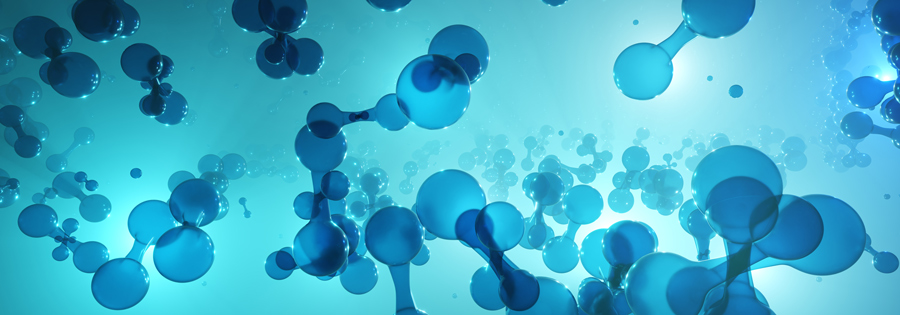Tag: dark matter
What can Occam’s razor principle tell us about theories of dark matter?

Today, physicists have devised dozens of theories to explain the nature of dark matter. So far, however, not one of them has gained concrete proof through experiments. To narrow these theories down, Professor Eugene Oks at Auburn University, USA, advocates applying an important philosophical concept, which is often used when considering complex problems with many candidate solutions. Using Occam’s razor, […]
Read More… from What can Occam’s razor principle tell us about theories of dark matter?
The Future Circular Collider: Its potential and lessons learnt from the LEP and LHC experiments

As researchers seek to learn more about the fundamental nature of our universe, new generations of particle accelerators are now in development in which beams of particles collide ever more precisely and at ever higher energies. Professor Stephen Myers, former Director of Accelerators & Technology at CERN and currently Executive Chair of ADAM SA, identifies both the positive and negative […]
A solution to dark matter: New evidence for hydrogen’s second flavour

Following on from his previous research, Professor Eugene Oks at Auburn University, Alabama, presents even further evidence that an explanation for dark matter could lie with a ‘second flavour’ of hydrogen atoms. This time, he analyses the results of an extensive survey of millions of galaxies to assess the characteristics of ‘gravitational lensing’: a light-bending effect, first predicted by Einstein. […]
Read More… from A solution to dark matter: New evidence for hydrogen’s second flavour
Hydrogen’s Second Flavour: A Solution to Dark Matter?

From their observations, astronomers widely predict that dark matter must comprise around 85% of all matter in the universe. So far, however, most theories about the nature of this mysterious source of mass have pinned their hopes on theoretical, as-yet undiscovered particles. Professor Eugene Oks from the Physics Department of the Auburn University has proposed that a more natural explanation […]
Read More… from Hydrogen’s Second Flavour: A Solution to Dark Matter?
Searching for axions: Revealing the dark matter particle

Dark matter is one of the central mysteries of modern cosmology. Even after many years of investigation into the true nature of this enigmatic component of our Universe, every search for its cause has so far come up short. Dr David J. E. Marsh at the University of Göttingen believes that the solution lies with a fundamental particle which was […]
Read More… from Searching for axions: Revealing the dark matter particle
Uncovering the underlying geometrical structure for an extension of the theory of electroweak interaction and the Dark Matter problem

Describing the behaviour of all fundamental particles and forces as we know them, the Standard Model has held up to every experiment physicists have undertaken to date. Frustratingly, however, the theory remains far from complete. Dr Joachim Herrmann at the Max Born Institute in Berlin suggests the tangent bundle as the underlying geometrical structure for an extension of the Standard […]
Search for dark matter with cool crystals

Dark matter is one of the most elusive constituents in the universe; escaping our detection for decades since astronomers first theorised its existence. In his research, Dr Jing Liu at the University of South Dakota proposes an unconventional usage of light-emitting crystals to detect dark matter produced in particle accelerators on the Earth. His team is prototyping a detector consisting […]